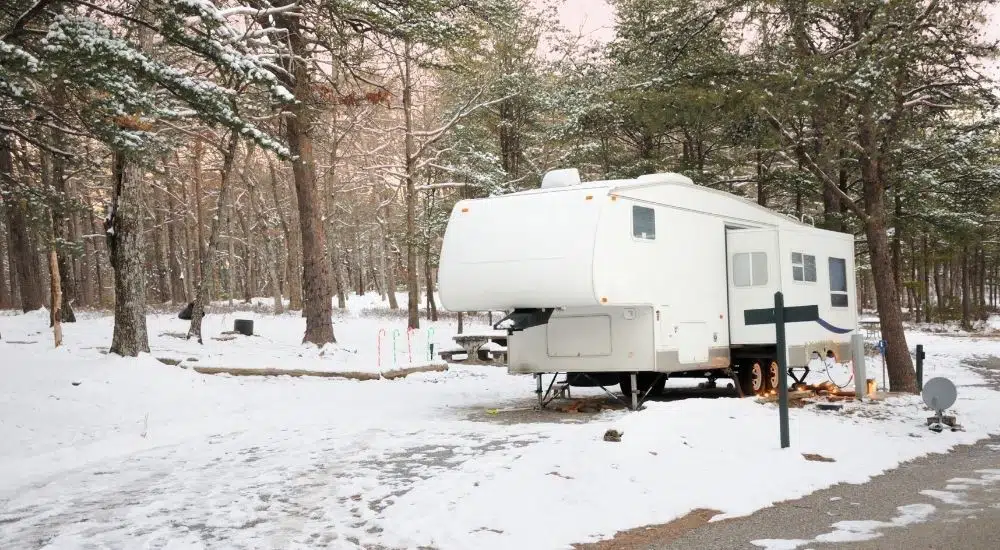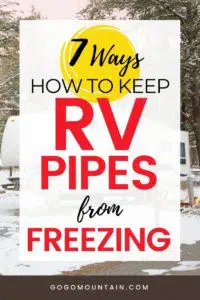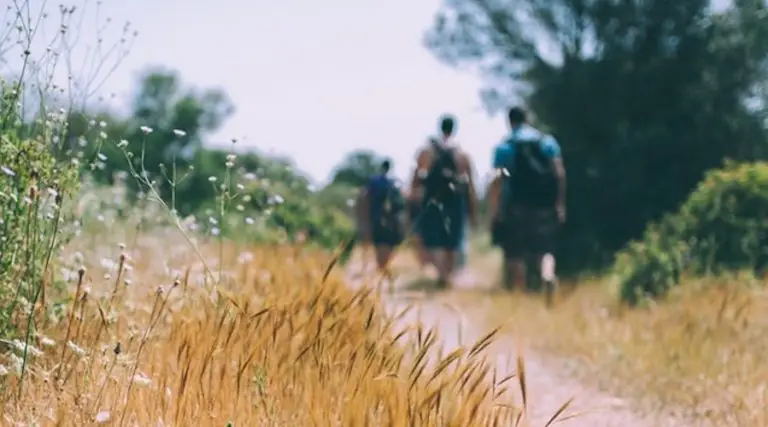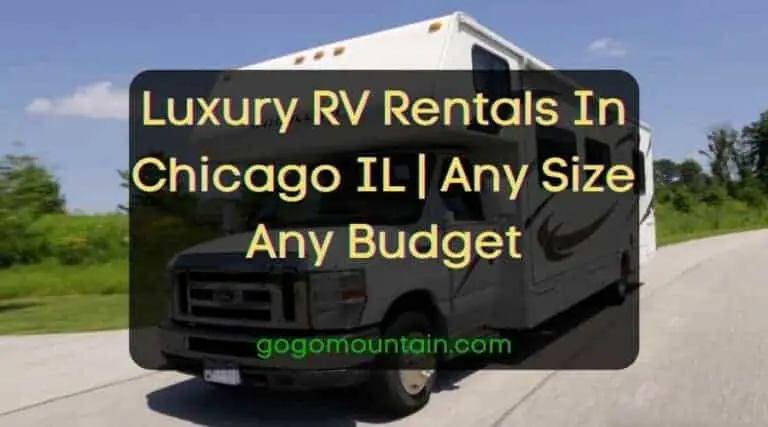7 Ways on How to Keep RV Pipes From Freezing While Camping
Your RV pipes deliver water from a hook-up site or from onboard water tanks to the sink. These pipes are made out of plastic, rubber, or metal. Designed with no insulation, they tend to freeze at low temperatures.
You can keep RV pipes from freezing by using insulation to make better heat circulation starting from inside the vehicle. RV water pipes freeze at or below freezing temperatures. You can save these pipes by applying pipe insulation.
Alternatively, you can let running water keep your pipes from freezing. If the campsite has washing and cooking facilities you can empty all water tanks and pipes to prevent freezing.
When insulation can’t be used, emptying the RV’s water and pipes might be the only solution that keeps these pipes from cracking as a result of freezing water.
7 Methods of Keeping RV Pipes From Freezing While Camping
Keeping RV pipes from freezing is a goal that several methods can achieve. Most involve limiting cold air exposure of the pipes.
Here are the leading solutions to consider.
1. Insulate water pipes
Insulating water pipes is the first step to consider in freezing temperatures. The longer the exposure to these temperatures is, the more professional insulation should be used on the pipes. There are 3 easy types of pipe insulation to consider:
Standard pipe insulation is the solution you can apply yourself. However, it’s also the likeliest solution to start falling apart when driving at high speeds on the highway. Still, standard pipe insulation applied to the RV’s pipes, particularly beneath the RV, should be enough to keep lines from freezing when only occasionally dealing with cold temperatures. Thicker or better insulation needs to be used in exposed areas of the pipes.
This typically means adding extra insulation on the water pipes that run below the RV indirect exposure to cold air.
Thinner insulation can work for the pipes inside the RV. Some examples are the pipes inside the cabinets that connect to the sink or other water sources inside the RV.
2. Consider a propane heater under the RV
A classic propane heater can be a cheap solution to keeping your RV’s pipes from freezing. You simply place it next to the pipes that are most exposed to keep them from freezing.
There are a few limitations to this method, however.
First, you need to know that propane heaters are most efficient at heating space in their immediate vicinity. They might not heat the entire underbelly of the RV if you aren’t using winter skirting.
Secondly, propane heaters create a small amount of carbon monoxide. It can get inside your RV if your winter skirting is completely insulated.
However, propane heaters are affordable and this can be a type of DIY project that doesn’t require paying a professional for piping insulation.
3. Leave cabinet doors open for heat circulation from the RV
Warm air needs to circulate behind cabinets’ doors. This space is where exposed piping can freeze. The warm air inside the RV needs to circulate almost everywhere until it reaches the exterior walls of the RV. You can consider opening up the doors of the cabinets on very cold camping nights.
4. Use heat tape in extremely-cold weather
Heat tape uses electricity to heat the pipes. This method is one of the practical solutions to keep your RV’s pipes from freezing. Some of the best heat tapes for RV pipes are made with heat output control.
Depending on the outdoor temperature, you can set the amount of heat you want to tackle the pipes.
Constant temperatures below 32 degrees or frequent camping at high altitudes in the mountains can benefit from this practical solution. Heat tape is mostly a DIY project. It can take a few hours to install at home. But the final result is a type of piping insulation with a built-in thermostat that keeps the pipes from freezing.
5. Empty water tanks and water lines
The ultimate solution to keep water pipes from freezing is to empty all water tanks and water pipes. This can be a good solution when your RV is stuck outside during the winter, at home. It’s almost mandatory to empty the water pipes before the winter.
The water tank can also be emptied at camp if there’s a local water source in the evening to replace the water in the morning.
Since the RV faces the lowest temperatures during the night, this is also the time when the camper’s pipes are most likely to freeze. You can empty the water tank as most campers don’t need water during the night, as long as there is a spot to refill.
6. Keep water running during the night
An old-school method of keeping pipes from freezing can be applied to RVs. When you keep water running (even if in a small amount) is a method of preventing frozen pipes problems when the weather isn’t much below freezing. This solution is applied around the world, particularly in cold climates.
One of the limitations of this method is the limited amount of water that an RV water tank has. However, this is something you can do in a pinch. Consider when you can’t empty water on the spot or when you only deal with short periods of a few hours out in cold weather, such as when going through a high mountain pass.
It’s believed water needs to be running at a volume that is equivalent to the thickness of a finger at the water tap for it to truly not freeze. However, this might not be an option for RVs with small water tanks, which tend to empty rather quickly.
7. Install a water tank heating pad
Warming up the water source is going to prevent water pipes from freezing. A water tank heating pad is applied directly to the water tank, essentially raising the water temperature by a few degrees. The heating pad runs on electricity and it prevents frozen water systems in the RV.
This method requires good battery power. It also requires raising the water temperature levels constantly as the water inside the tank will eventually start to get cold and freeze if the heating pad is stopped.
A good method of making the most of water tank heating pads is by using them with a winter skirt.
The winter skirt traps in warm air around the water tank that is generated by the heating pad. It allows campers to use less electricity without the pipes freezing.
Final words
RV water pipes freeze even in short periods of cold weather when the temperature drops below 32 degrees. The first pipes to freeze are the exposed sections that run on the underbelly of the RV. But even the pipes inside the RV can freeze as they don’t get any warmth behind the doors of closed cabinets.
RV pipes might not freeze when insulated properly. Heating the water tank or even emptying the water tank and the pipes as a last resort are proven methods of keeping the pipes from freezing. Water pipes are problematic as they stop the water flow. But this problem can also lead to broken pipes, which are often costly to replace.
19+ Best Small Gift Ideas for Skiers
Camping in the Winter: Do’s and Don’ts








